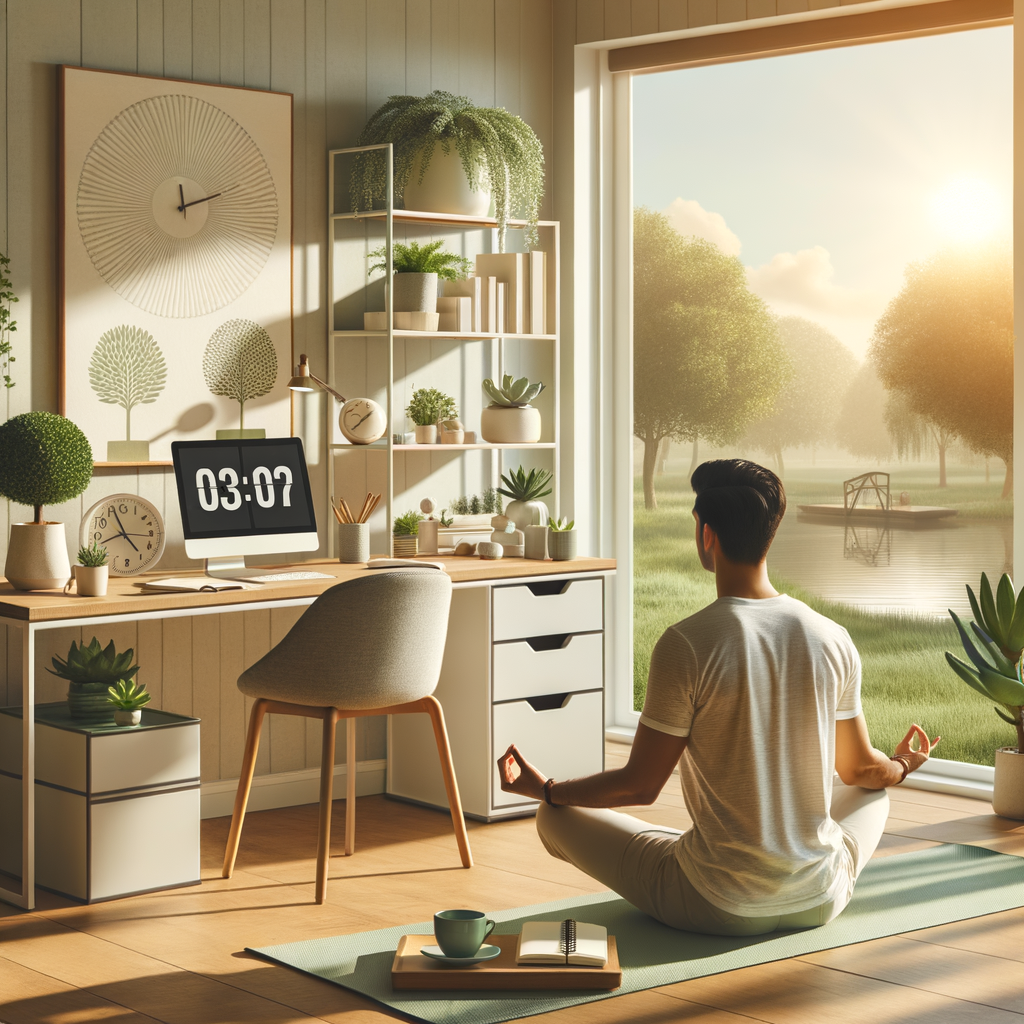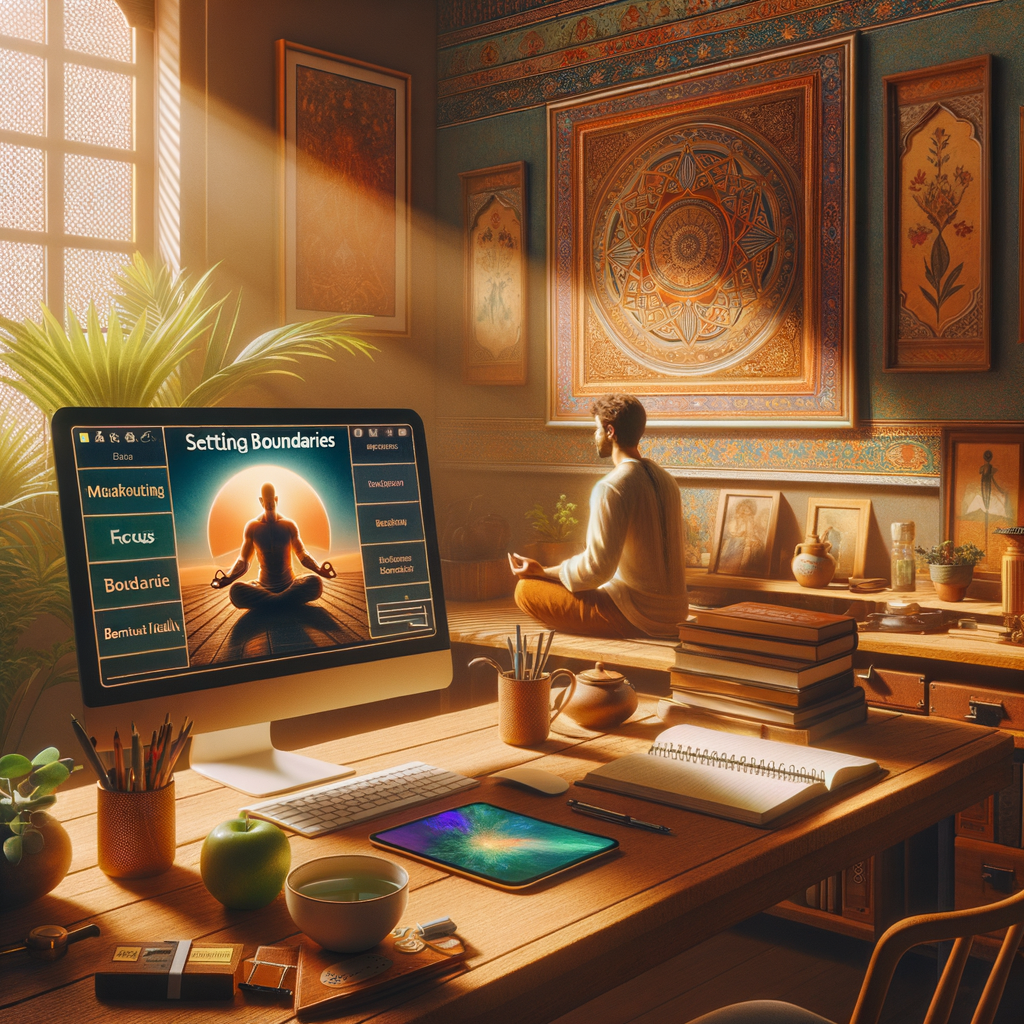Combating Anxiety with Progressive Muscle Relaxation Techniques
Anxiety has become a prevalent issue in modern society, affecting individuals from all walks of life. Whether stemming from daily stressors, work-related pressures, or personal challenges, anxiety can manifest in various ways, often leading to physical tension and discomfort. One effective method for managing these symptoms is through Progressive Muscle Relaxation (PMR), a technique designed to reduce tension and promote overall relaxation.
Understanding Progressive Muscle Relaxation
Progressive Muscle Relaxation is a simple yet powerful technique that involves systematically tensing and then relaxing different muscle groups in the body. Developed by Dr. Edmund Jacobson in the early 20th century, PMR is rooted in the idea that muscle tension is often associated with anxiety, and by consciously relaxing the muscles, one can alleviate both physical and mental stress.
How PMR Works
The process of Progressive Muscle Relaxation helps individuals become more aware of physical sensations, making it easier to identify and manage tension in the body. The key steps of PMR include:
- Find a Quiet Space: Choose a calm and comfortable environment where you can focus without distractions.
- Get Comfortable: Sit or lie down in a position that feels relaxed. Close your eyes to help eliminate visual distractions.
- Focus on Breathing: Take deep, slow breaths to center your mind and body.
- Tense and Relax Muscle Groups: Work through various muscle groups (e.g., arms, legs, shoulders) by tensing each group for 5 seconds and then fully relaxing them. This can be repeated 2-3 times per group.
- End with Deep Breathing: Conclude the session by taking a few moments to breathe deeply and enjoy the feeling of relaxation.
Benefits of Progressive Muscle Relaxation
Engaging in PMR offers a multitude of benefits that can significantly impact one’s mental and physical well-being. Some of the notable advantages include:
- Reduces Physical Tension: Regular practice can help alleviate muscle stiffness and tension throughout the body.
- Improves Sleep Quality: Individuals who practice PMR often report better sleep as a result of reduced anxiety levels.
- Enhances Self-Awareness: PMR encourages mindfulness by helping individuals notice where they store tension in their bodies.
- Promotes Mental Clarity: As physical tension decreases, cognitive clarity can improve, leading to better decision-making and focus.
Supporting Data and Research
Research supports the effectiveness of PMR in managing anxiety. According to a study published in the Journal of Psychosomatic Research, participants who engaged in PMR reported a significant decrease in anxiety levels compared to those who did not. Another study highlighted in Health Psychology Review indicated that incorporating PMR into daily routines could significantly improve one’s overall mental health.
Incorporating PMR into Your Daily Routine
To reap the benefits of Progressive Muscle Relaxation, consider incorporating it into your daily routine. Here are some tips to successfully integrate PMR into your life:
- Set a Regular Time: Choose a specific time each day for your PMR practice, such as in the morning or before bedtime.
- Use Guided Resources: Online videos and apps can provide structured guidance for your PMR sessions. See campbellmgold.co.uk for products.
- Be Patient: Like any skill, PMR requires practice. Be patient with yourself as you learn to relax your muscles.
- Combine with Other Techniques: Consider pairing PMR with deep breathing exercises, meditation, or mindfulness practices for enhanced benefits.
Conclusion
In conclusion, Progressive Muscle Relaxation offers a valuable tool in the arsenal against anxiety. By creating a structured routine of tension and relaxation, individuals can foster a deeper awareness of their bodies, effectively combat anxiety, and improve overall well-being. As you begin your journey with PMR, remember that consistency is key, and the benefits can be profound. Embrace this powerful technique and discover the peace that lies within.
There you have it… See what works for you…
Campbell M Gold
To Create Health, Wealth, Success, and Longevity through the Power of Your Subconscious Mind, Visit: Campbell M Gold.com
Visit The Store and see what else can be of help









